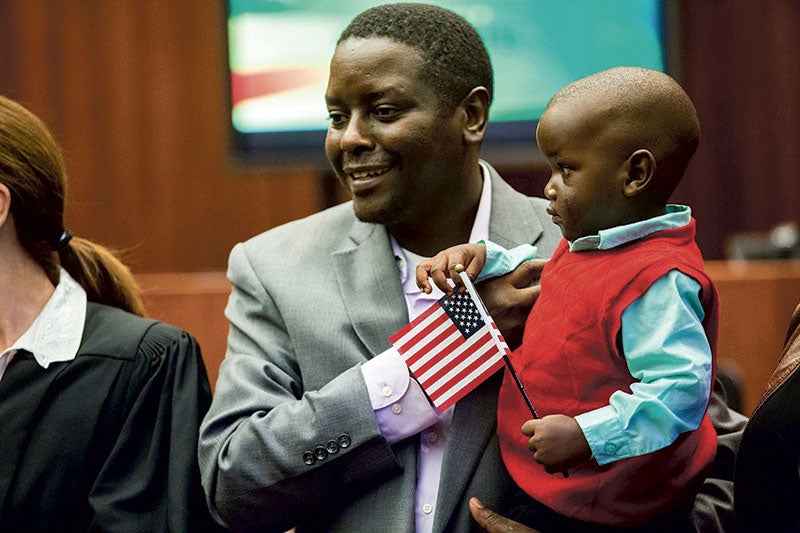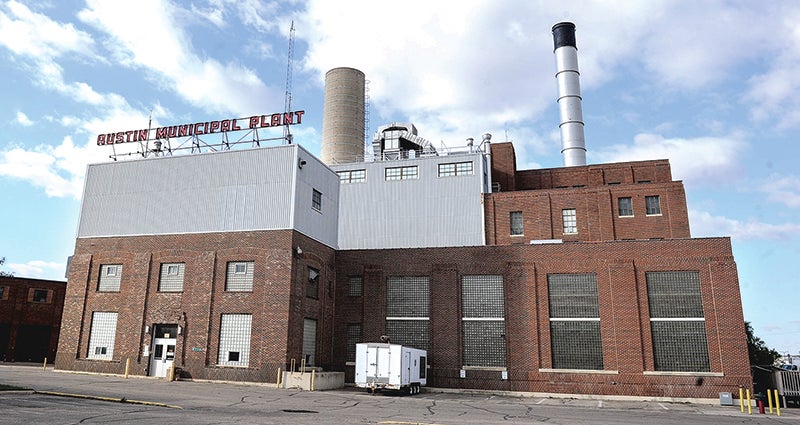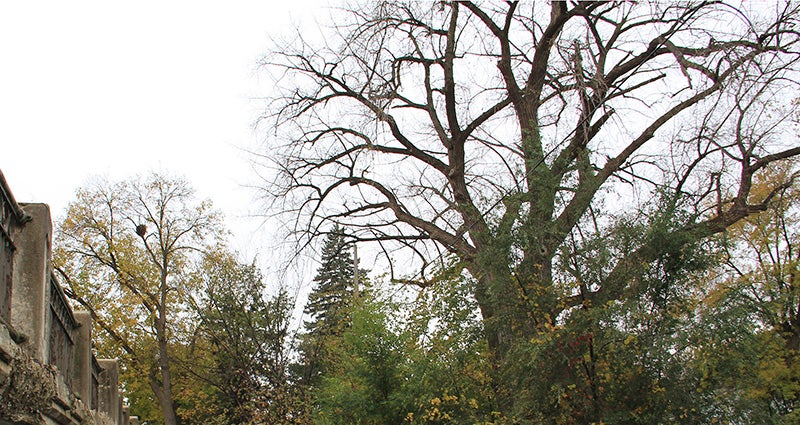Hispanic population growing
Published 6:30 pm Saturday, March 19, 2011
If census data proves anything, it’s that Austin’s become more culturally diverse in the last decade.
The 2010 census shows the city’s Hispanic and black populations are the fastest growing communities, reflecting a nationwide trend.
“The census is just confirming what we’ve known for a long time,” said Mayor Tom Stiehm.
Austin’s Hispanic population has more than doubled over the past 10 years, growing from about 1,400 to almost 3,800 people, a 166 percent increase. This mirrors a statewide trend, as Minnesota’s Hispanic population has risen more than 74 percent over the past 10 years. There are more black residents in Austin as well, growing almost 300 percent in size from 188 to 749 people in 10 years.
Stiehm partially credits Austin’s growth to a local push to get undocumented immigrants to fill out census paperwork.
“(Austin) welcomes newcomers, makes them feel at home,” said Miguel Garate, international student adviser at Riverland Community College and a prominent advocate of Austin’s Hispanic community. “They have opportunities and feel safe. They just feel like they’re home, they want to make Austin their new home.”
Overall growth in Austin and Mower County’s is a bright spot among a general population decline in outstate communities. The largest reason for that, according to State Demographer Tom Gillaspy, is Austin’s food packaging and processing jobs.
“This is largely people moving here from other countries and other places in the country,” Gillaspy said. He noted that areas in greater Minnesota like Austin, Worthington and St. James that have processing and packaging plants have “helped grow Minnesota’s Latino community.”
That’s one reason why areas like Albert Lea are decreasing in population. Albert Lea’s population fell from 18,140 in 2000 to 17,634 in 2010. Its white population fell from 17,034 to 16,213 and its Hispanic population grew from 1,740 to 2,380. Albert Lea’s and Austin’s Hispanic community, which make up 13 and 15 percent of each town’s population, are much larger percentage-wise than other Minnesota communities.
This reflects a decades-long trend where more young people leave communities in greater Minnesota, leaving blue collar and labor jobs that need to be filled.
Gillaspy said Minnesota dealt with this need by importing residents from other states and other countries to do the work.
“You’re not going to find (people) from southern Minnesota or Iowa,” Gillaspy said. “You’re going to have to bring in people from other areas.”
The influx of Austin residents from other countries is the major reason for the Welcome Center, which was created in 2000 to act as a multicultural center to help incoming residents from other countries adjust to life in the area.
“It doesn’t surprise me at all,” Jake Vela, Welcome Center director said of the 2010 census numbers. “It’s going to strengthen our cause. This will help us move forward.”
Vela said he’s seen the growth firsthand and is pleased by the census results. Welcome Center officials will be able to apply for more funding now that they have evidence of a growing need for their services.
“Families are starting to stay, they’re settling in Austin,” Vela said.
As more areas with food plants grow, the majority of greater Minnesota communities will continue to decrease. Yet it’s hard to predict which areas will grow, according to Gillaspy. Since greater Minnesota is responsible for the state’s agricultural business, a population drain means there will be more opportunities for farmers from other states and countries to move in.
“They’re probably not coming from Minneapolis,” Gillaspy said. “The way we’ve answered that for the past couple of decades is importing people from other states and other countries.”
As communities like Austin become more diverse, there will be an increasing need for services that cater to many cultures. Austin residents may have to redefine themselves and their neighbors, confront and overcome the stigma many residents believe exists with communities of color housing illegal immigrants. Above all, people may need to learn to get along better, according to officials.
“20 years from now, we know we’re going to have a significant Hispanic population,” Stiehm said. “It’s something we’re going to have to deal with when it happens.”




